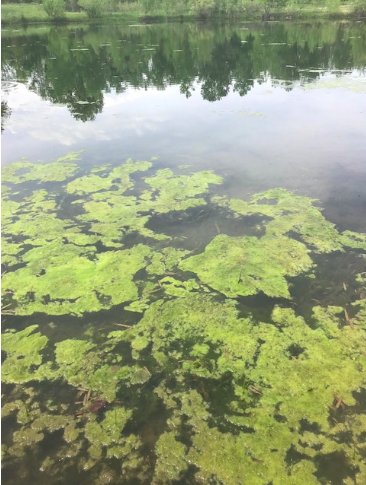By Gregory Knight
The summer is approaching and it’s easy to notice the vegetation around us becoming more green. The days are longer and the weather is warmer. During the warmer part of the year we may also take notice of harmful algal blooms (HABs) in ponds, waterways, and lakes. HABs are present in all 50 states and harm aquatic ecosystems. With an increased understanding of the problem, we can take steps in the community to reduce this environmental stressor. This in turn can help protect the ocean.
Algae refers to a group of marine and freshwater organisms that photosynthesize. These organisms may or may not be related. Seaweed and kelp are examples. Algae is common in the environment; however, an abundance of algae is harmful. It impacts aquatic habitats, drinking water, and the economy.

Certain varieties of algae produce toxins. Illness and even death may result from consuming contaminated fish or shellfish. Oxygen depletion can also result in HABs. This may suffocate animals or force them into migration. Economies are impacted by the decrease of consumable fish and recreational beaches are impacted with HABs.
Harmful algal blooms are continually being researched and explored today. Algal blooms happen for a number of different reasons and can have lasting effects on our environment. If we seek to reduce HABs in landlocked states we can have an impact in protecting the ocean.
During these warmer months when HABs are likely to occur we can take precautions to reduce the likelihood of occurrences. Nitrogen and phosphorus, for instance, lead to more outbreaks of HABs. It’s essential to use only the recommended amount of fertilizers or use organic and natural fertilizers strategically to reduce nutrients from running off into waterways. If we make sure our septic systems are maintained we can prevent wastewater contamination in waterways.
Understanding water quality issues like HABs can help establish cleaner waterways in local communities. Cleaner local waterways can result in a cleaner ocean, and through understanding we can help to enact regulations that will provide us with healthier aquatic and marine ecosystems.
Works cited
Davenport, Coral. “E.P.A. Blocks Obama-Era Clean Water Rule.” The New York Times, 31 Jan. 2018, www.nytimes.com/2018/01/31/climate/trump-water-wotus.html.
MacDonald, James. “The Problem With Algae Bloom.” Science & Technology, JSTOR. 24 Oct. 2017, daily.jstor.org/the-problem-with-algae-bloom/.
“Algal Blooms.” Colors of an Algal Bloom | CeNCOOS, www.cencoos.org/learn/blooms/habs/impacts.
“Harmful Algal Bloom (HAB)-Associated Illness.” Centers for Disease Control and Prevention, 13 Dec. 2017, www.cdc.gov/habs/prevention-control.html.

